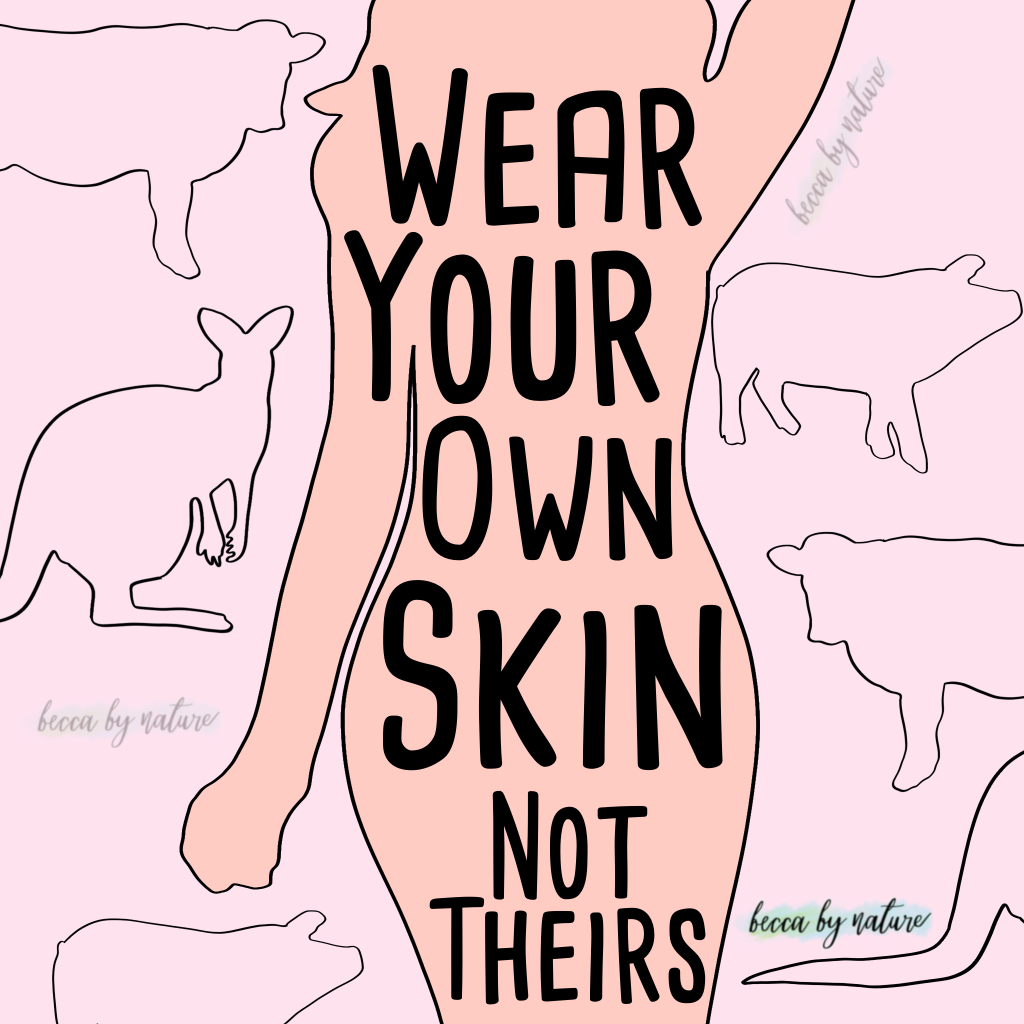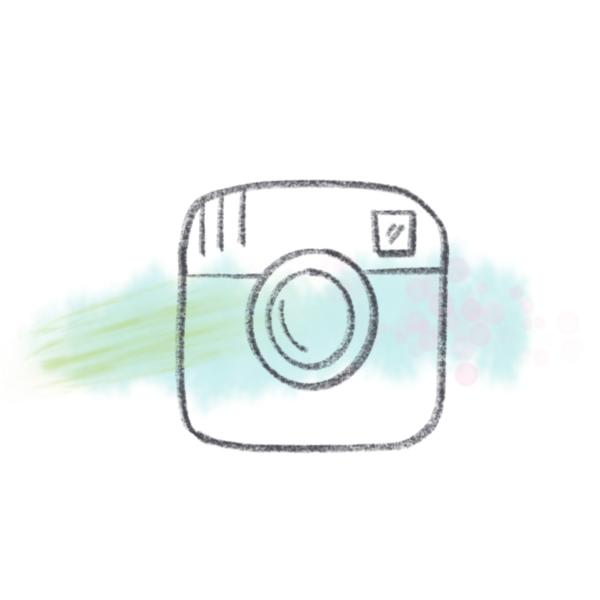It’s an absolute lie that leather is just a by-product of the meat industry. Many animals are farmed for your leather bag, shoes or jacket. They’re not the animals you may think either, so be sure to read on.
Leather in the UK.
The UK leather industry is worth billions of pounds each year. This is from the import of goods or the selling of leather from UK production. Much of the leather produced in the UK is from both dairy and beef cattle, many of who are killed whilst still young.
The skin of these animals is around 7 – 10% of the total worth of the animal itself. Once skinned from the carcass, the hide is treated with chemicals. This is to prevent it from degrading or rotting whilst you’d be wearing it. There’ll be more on this later.
In the UK, 2 millions pairs of shoes are thrown away each week. If any of these are made from leather, they’ll sit in landfill due to the treatment the hide goes through for the material to not break down.

Worldwide problem.
The leather industry is a world wide problem. Over 1 billion animals a year will be killed for their skin. The leather that’s sold in the UK can come from anywhere in the world and can be made of;
- Cows
- Horses
- Dogs
- Cats
- Lambs
Yes, the leather that’s sold in Britain could also be made from cats and dogs. It will still be sold and marketed as cow leather, simply to save face. There’s no way to tell which animal it’s actually come from after the chemical process.
It’s reported that 500 dogs are killed a week in Thailand, who’ll then be made into leather for the worldwide market.
Environmental impact.
Leather itself tends to be produced in countries such as India and China. The tanneries will be beside rivers, as the process needs a constant water supply. This is for both the liquid and solid waste to be washed away with.
Due to this, the chemicals used will cause severe water pollution, blockage and also stagnation of the water course into these rivers.
High oxygen demand is also created by the waste breaking down. This disturbs the ecological balance of the area the tannery is in. When the oxygen’s stripped from the water, this causes both plants and fish in the river to die due to the toxicity.
Impact of chemicals on the workers.
For the people that work in the tanneries or even live close by, they’ll also suffer consequences of the environmental impact these places can have. Many of the people that work there are dying from cancer, along with other illnesses. This is due to the exposure they have to certain chemicals. You can read more on this here: How leather is slowly killing the people and places that make it.
The effects have been noticed by the EPA (Environmental Protection Agency). They’ve admitted it needs to be changed, as leather making is one of the top polluting industries.
It’s also a place of exploiting children. In 2014, 30 children were found in one tannery being forced to work each day between 9am and 9pm. I’m sure this won’t be a one-off case.
Does dead animal skin really say luxury?
We’re often taught that leather is a luxury product. It’s something many designer companies use, as well as other animal skins, for their high price-tag items.
Really, leather is just a dead animal’s skin. The making of this ‘luxury’ item is polluting the world, harming people’s health and exploiting child labour.
It’s not just cows.
Much leather comes from cows (or so we’re told), but around 3 million kangaroos are killed per year to make football boots.
These exported kangaroos make around £12 million and is sold or seen on products as ‘K leather’. It’s actually quite shocking that the Australian government sets a number of kangaroos that are able to be killed. In 2014, the amount allowed was 4.4 million. This is absolutely crazy, as 10 species of kangaroos are extinct with another 17 endangered. You can see more on this here: Hell for leather, fact sheet.
The number of kangaroos slaughtered doesn’t include the joeys that tend to be pulled out of the pouch. They’ll then be clubbed, stamped on or simply left to die whilst the mother’s shot in the head.
What about other animal skins?
There’s loads of other animals that are killed for their skin. From alligators and crocodiles that are clubbed to death, to 300,000 seals a year killed for their skins.
Even here in the UK we farm ostriches for their skin and in many places, snakes are skinned alive.
The wild animals that are being killed have very little protection and many of them are endangered. This is something I’ll talk about in another post about exotic animal skin.
I hope this post has made you realise just where leather in your shoes or your bag has come from. As well as the effect it’s having on the environment and humans themselves.
If you’ve got any questions, simply leave a comment below and I’ll be happy to help answer them. Be sure to stay tuned on my socials too for inspiration, illustrations and more facts about living that vegan life!
Love, always – B
Etsy shop: beccabynature





Wow! I love this article!
LikeLike
Thanks Cynthia, means a lot x
LikeLike